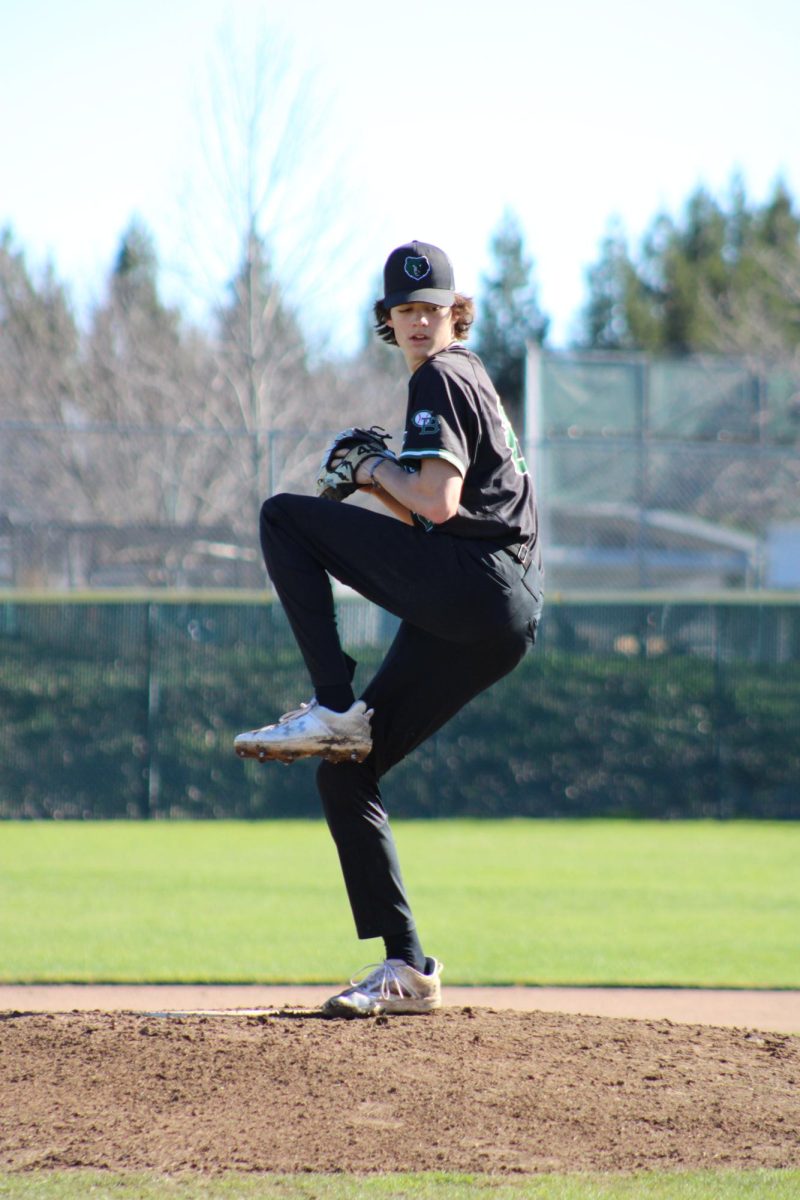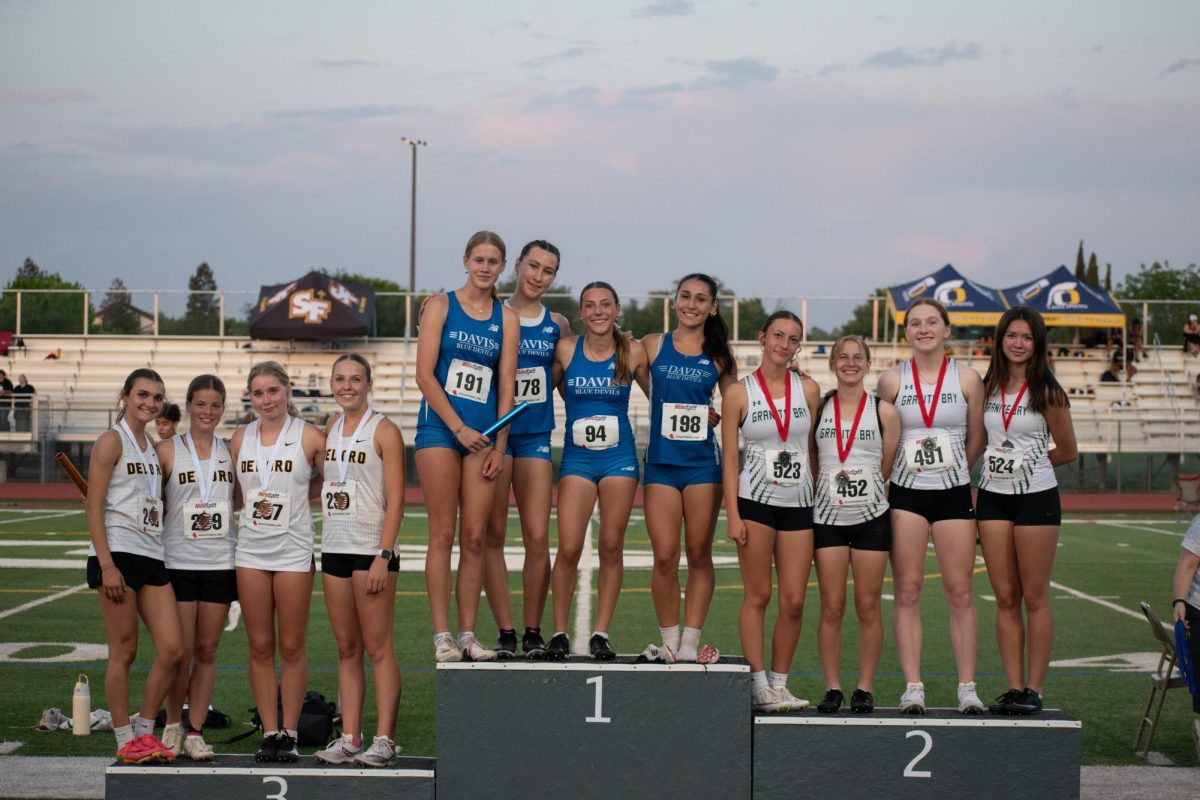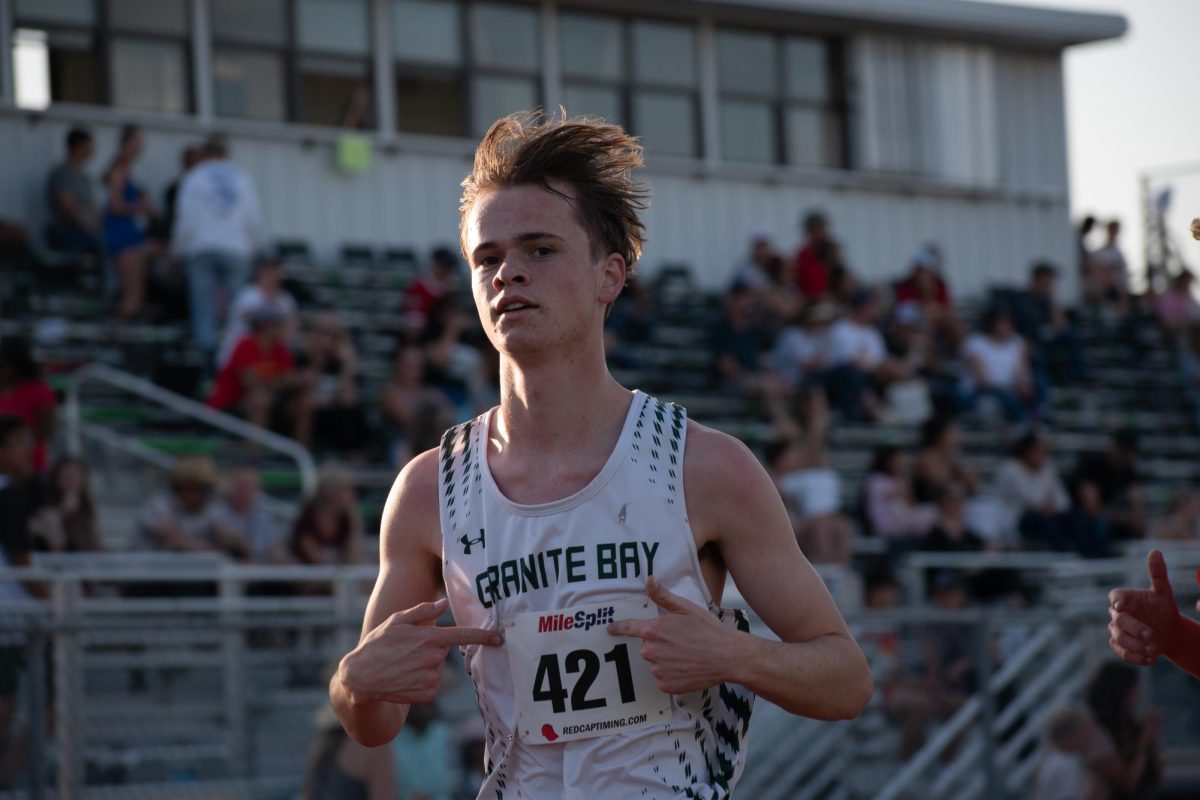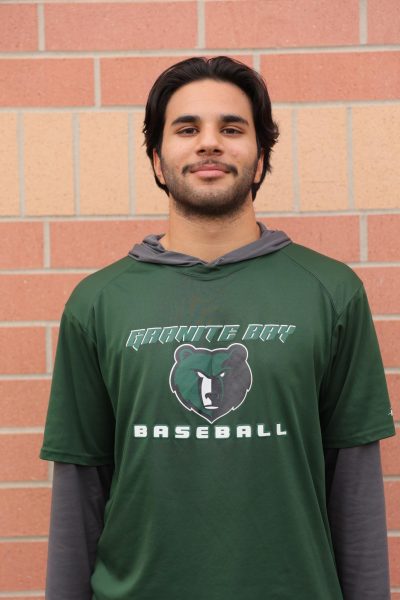Just over 7% of high school athletes move on to play their sport in college. Although it may seem simple, there is a difficult process that takes place behind the scenes which can take months to complete.
The college recruiting process can take a lot of thought and consideration with the young athlete and their families, as location, weather, team culture, and much more play into this decision.
Parker Jennings, a junior baseball player at Granite Bay, currently committed to Oklahoma State University, started receiving offers when he was just a sophomore.
“I chose OSU because of the facilities and especially the family aspects they bring into everyday things like practice and team building,” Jennings said.
A big part of the process is getting to know the school and the coaches.
“In the beginning, it was mostly getting to know the coaches and telling them about myself. Eventually it got to the point where they wanted to see how committed I was to the school, and ultimately where they offered me,” Jennings said.
Along with the facilities, being able to see the school is a crucial part of the process.
“I went on an official visit, meaning the whole trip was paid for by the school. I fell in love with the campus and I was able to even meet some of the students, where I was able to connect with them and talk about the school,” Jennings said.
In order for coaches to start this process, the prospective athlete usually needs to be seen in person by a coach or a scout representing a college.
“I started talking to them (OSU) the summer after my Sophomore year, after an event called Area Codes. It’s a highly skilled and selective showcase with the top talent in the country. I think that getting any sort of exposure helps with the process for sure, even if it’s on a smaller level,” said Jennings.
There are many different types of recruiting for all of the levels of the National College Athletic Association (NCAA), as well as the National Association of Intercollegiate Athletics (NAIA), and those vary by sport. Ethan Griffin, a Senior lacrosse player at Granite Bay, is currently committed to the University of Indianapolis, an NCAA Division II school.
”I chose them because I have very bad grades, but they were still able to get me a lot of scholarship money to play for them,” Griffin said.
Like Jennings, Griffin went on a visit before he had committed.
“I did go on a visit before I committed, and I’d say that it really helped me make up my mind on a decision,” Griffin said.
Apart from talking to coaches and visiting schools, player performance, statistics and all things of the sort are vital for coaches to know.
“For lacrosse, points are what really matter to recruiters. Those are goals, assists, and ground balls. Ground balls really show your work ethic pays off, and that you are willing to get down and fight. Coaches really look for that,” Griffin said.
In a sport like swimming, where there isn’t a team aspect and performance is individual, recruiting can be a little different. Jack Ortman, a senior swimmer at Granite Bay, talked to me about his personal experience.
“I committed to the University of California, Santa Barbara. I took a lot of things into consideration, like travel, academics, and especially location,” said Ortman.
With individual sports, athletes are more likely to reach out to coaches as well.
“I had to reach out to them. Originally they told me I wasn’t good enough, and I had to get better. But I kept talking to them, and kept getting better. One of my coaches put in a good work for me as well,” said Ortman.
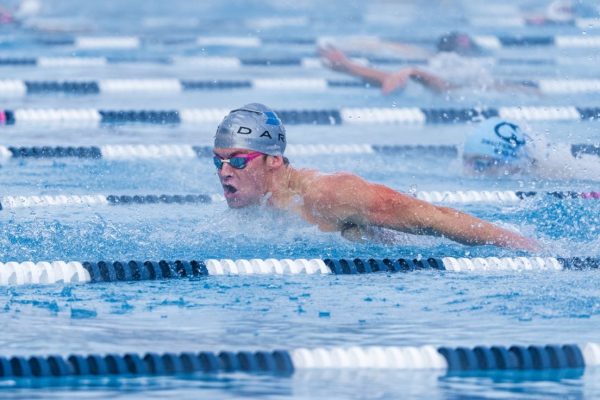
In order to perform at the collegiate level, you have to train. Peter Caldera, a senior baseball player at Granite Bay, talked about what training means to him.
“Before I commited to Sacramento State University, the coaches asked me what my training was like. I told them where I went to train, and they were really happy with it,” said Caldera.
Going from 1 in 8 million high school athletes to one in 495,000 can be a long, emotional, and taxing process. Working hard is vital to be a part of that 7%.
“You have to put in more work than everyone else. There is always someone who is working harder than you, and if there isn’t, everybody is gunning for your spot,” said Caldera. “It takes an immense amount of effort, but honestly the most important thing is opportunity. You never know who is watching you, so you have to train to be able to perform like you are being watched all the time.”



